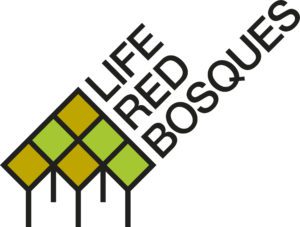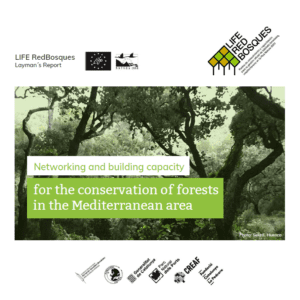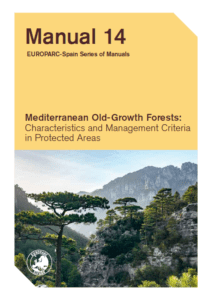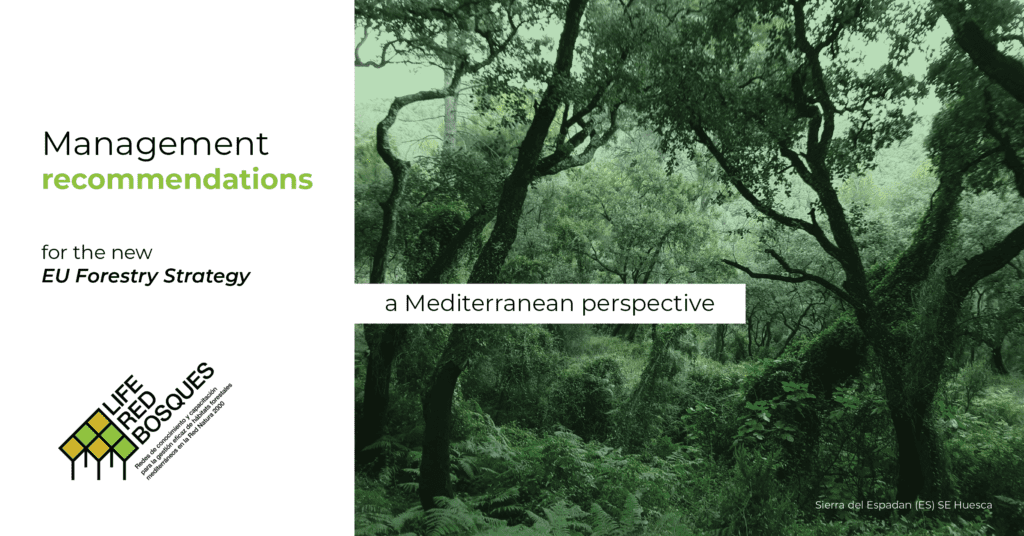The International Biodiversity Day & the value of Old-Growth Forests
The value of old-growth Forests in the Biodiversity Day and the outcomes of the LIFE Project RedBosques.
Happy Biodiversity Day!
The United Nations has proclaimed May 22 The International Day for Biological Diversity (IDB) to increase understanding and awareness of biodiversity. This year´s motto “Our Solutions are in Nature”, could not be better aligned with the launch of the new EU Biodiversity Strategy 2030, that happened just 2 days ago.
The European Commission calls for the protection of at least 30% of the land and 30% of the sea and recognises the role of all Protected Areas to achieve these objectives. The ambitions go further, with the aim of one-third of protected areas – representing 10% of EU land and 10% of EU sea – to be strictly protected.
This is where our old-growth forests will have a fundamental role “As part of this focus on strict protection, it will be crucial to define, map, monitor and strictly protect all the EU’s remaining primary and old-growth forests” (EU Biodiversity Strategy 2030)
In Europe, only 5% of forests present low levels of human intervention. In the Mediterranean area, this figure drops to 2%. That is why, EUROPARC Spain and Fungobe, with the Life Project RedBosques, developed intense research on the main characteristics of old-growth forests, develop a mechanism to identify mature stands, and experimented a different silviculture approach that can boost forest maturity. The project was focussed on the Mediterranean are, but its outcomes and methodologies can be replicated in other regions too.

The Value of Old-Growth Forests: LIFE RedBosques
RedBosques promotes silvicultural practices in Mediterranean protected areas based on boosting forest maturity, biodiversity and resilience against climate change. The new forestry management strategies proposed by RedBosques give priority to the protection of mature stands and the promotion of the scarcest or currently non-existent features of maturity.
To learn more about the importance and the characteristics of mature stands, read the arcticle Why do we need old-growth forests? on our website.
During the project implementation, RedBosques focused on increasing knowledge about conservation, on developing guidelines for forest management in protected areas and on creating a network of reference forest stands.
>>>>> Download the Full Report: available in English and Spanish <<<<<
From theory to practice: forestry management geared toward conservation
RedBosques provides guidelines for forest management in protected areas which propose a silvicultural approach in which production and conservation targets are compatible. EUROPARC Spain produced a Manual to explain how with recommendations and the presentation of four
case studies, each following a different management alternative: non-intervention in Parque Nacional de la Sierra de Guadarrama, deadwood management to increase diversity among saproxylic coleoptera in Parc Natural del Montseny, silviculture compatible with maturity on private estates in Parc Natural dels Ports, and enhancement of structural diversity in areas of Aleppo pine reforestation in Zaragoza.
Manual available in English and in Spanish.
The Network of Stands of Reference
A standardised methodology was developed for the identification and characterisation of old-growth stands. The transfer of cutting-edge scientific knowledge to management has been a key component of the project, with the creation of an assessment panel made of scientists, forest managers and Natura 2000 Network managers.
In Spain, 160 stands with features of maturity have been identified, that correspond to 20 different forest habitats. Of these, 43 are defined as stands of reference.
The online tool RedBosques that was created, comprises a database of old-growth stands in Spain, available here: redbosques.creaf.cat/redbosques.
RedBosques Resources
- Website www.redbosques.eu
- Report: Old-growth forests: characteristics and conservation value
- Mature forests: frequently asked questions
- Fact sheet of LIFE RedBosques project
- Poster: What is an old-growth forest?
- Video 1: Old-growth forests and Biodiversity (6:00 min)
- Video 2: Models for a new silviculture (9:26 min)
- Video 3: The Stands of Reference Network (10:40 min)
Read also:


